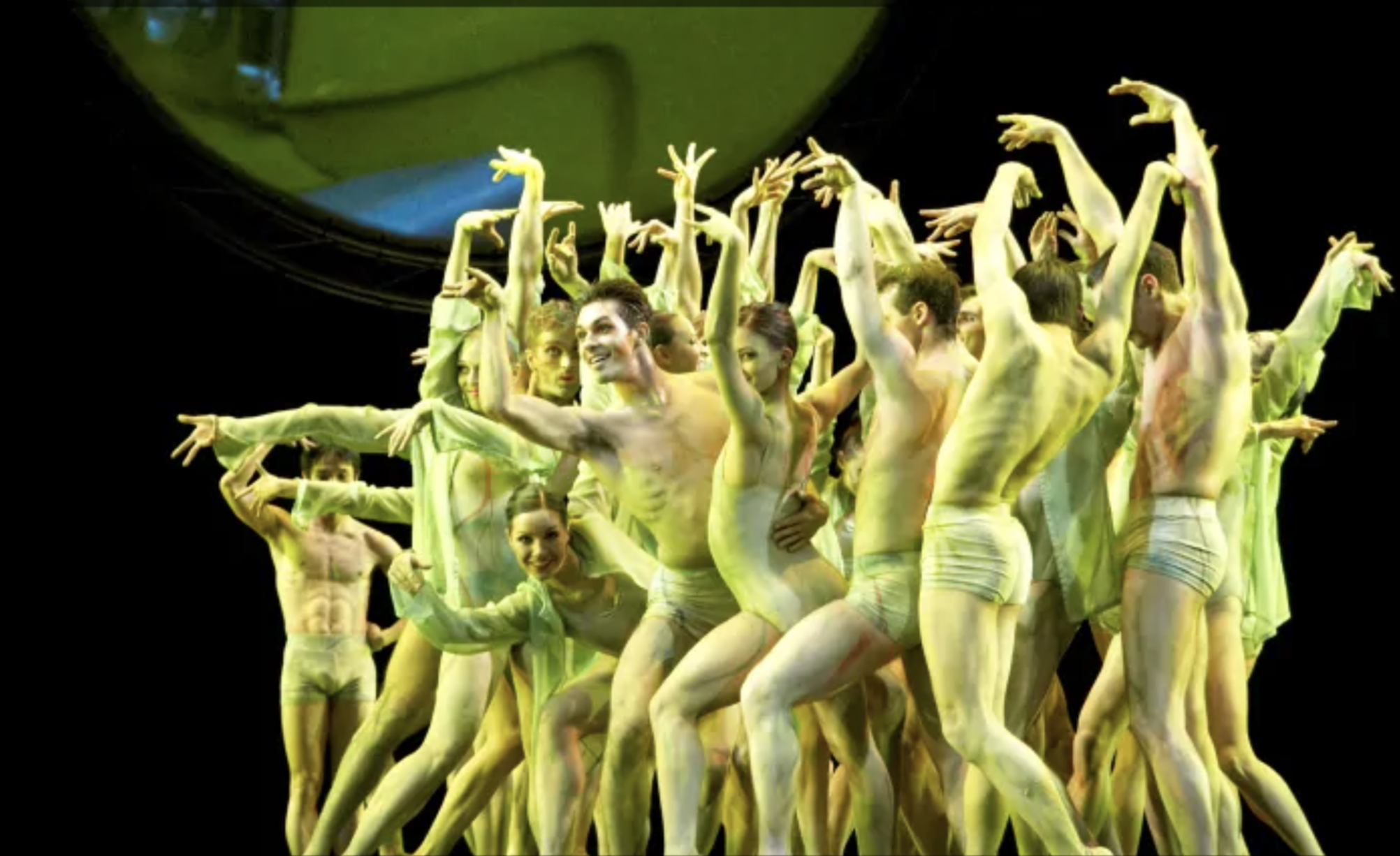
In 2003, some went so far as to call Alberta Ballet an oxymoron – a classical ballet company in a province of rednecks and cowboys. Soon after I became Executive Director in 2005, it struck me that we were trying to sell an art form of tutus and tights to a city of 30-something male engineers. So, as the ballet was about to turn 40, we did what any self-respecting cultural icon might do at mid-life. We re-invented ourselves.
Founded in 1966, it was based in Calgary and had dual citizenship in the capital city of Edmonton. A small company, but respected for the high quality and training of its dancers, recruited nationally and mostly in the classical genre. In 2001, Mikko Nissinen, now the reputed Artistic Director at Boston Ballet, had moved from San Francisco to Calgary to transition from dancer to director. He brought with him a much needed audacity and confidence and a network of international talent. Balanchine was in the repertoire, not an easy feat, as the eponym foundation will allow a company to stage his work only on the approval of an authorized repetiteur of the trust. It had a respectable and strong cadre of patrons and donors and it did its best to deliver an art form that few in this growing city, business center, oil and gas based wild west town understood or appreciated.
When Mikko left the company for Boston, the Board recruited a youngish, bilingual, charismatic, dancer/choreographer and aspiring Artistic Director from Ottawa. I met Jean Grand Maître at the rodeo at the Calgary Stampede, in a suite hosted by Enbridge’s VP of Government affairs, my friend and Chair of the Board D’Arcy Levesque. We all hit it off, and when the organization needed a new Executive Director, D’Arcy reached out to me, with the clear mandate to “put the company on the map”.
It was September of 2005 and these were difficult times for Alberta Ballet. The Jubilee Auditorium, the company’s performance venue had shut down for a year for renovations, morale and trust were low to the point the administration had brought in the provincial workers union, the governance model was weak, there was no human resources policy and injuries to the dancers were frequent and numerous because they performed on a hard floor. And we were in trouble financially.
Notwithstanding, there was a magic about the company, its history, its tenacity and about the building we all worked in, a turn of the century sand stone train station converted into a studio and rehearsal space on the main floor and offices on the second. Nestled along the Elbow River, it sat at the heart of Rouleauville, one of Calgary’s founding communities. And though many regarded the company’s two home cities as an obstacle, a hindrance, I saw it as an opportunity – two markets, two funding sources, and the automatic go-to for the government if it needed a cultural ambassador nationally or internationally.
A lot was accomplished in the first year. Thanks to a generous gift by my friend the late Jim Palmer, we built a new retractable, portable and storable sprung floor in time for the Nutcracker that Christmas and multiple injuries were a thing of the past. We implemented an HR policy and the union was dissolved. I call this work “nuts and bolts”, the science of the enterprise. We needed the art, not the art on the stage, but in relation to our community.
One afternoon, feeling overwhelmed by all that still needed to be done, beckoned by the music wafting up through my office window, I wandered down the marble staircase to the studio and grabbed a chair to watch the warm ups. The pianist kept the tempo as the dancers took the bar for plies and point work and moved into jetés and arabesques. Scantily but tastefully clad in their rehearsal wear, light shorts, tank tops, T-shirts, in turn they flew and spun and pirouetted across the floor, at times inches from my face. Up so close, I sat motionless, having to remind myself to breathe, in awe of the grace and beauty of these humans, at the shear athleticism. I was told later that to perform the Nutcracker’s Grand Pas de Deux requires the stamina equivalent to running a half marathon.
That was when it struck me. We are trying to sell an art form of tutus and tights in a city of 30-something male engineers. What we were, in contrast was elegant, strong, and athletic – dare I say sexy. As the only ballet company within a bull’s roar, all we needed to change was the perception of the art form. As it happened, the company would be 40 the next year so we leveraged that timely opportunity to rebrand with our new take on ballet – beauty and athleticism.
By Year 2, we introduced an extra performance to each run, raised records amount of money, doubled ticket sales, and were invited by the province to represent them at the Smithsonian in Washington. Jean was choreographing modern works and that fall we made another decision that would change the course of the company. He mused about creating a work based on the music of Joni Mitchell, the question was, how would we get the rights? Knowing of his power of persuasion, I suggested he write to her to see if she would be interested in being involved. She said yes. The next season we premiered The Fiddle and the Drum, the first in a songbook series that now includes the works of Sarah McLachlan, k.d.lang, Sir Elton John, Gordon Lightfoot and The Tragically Hip.